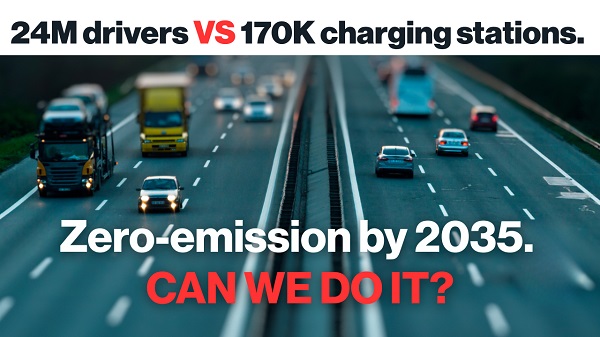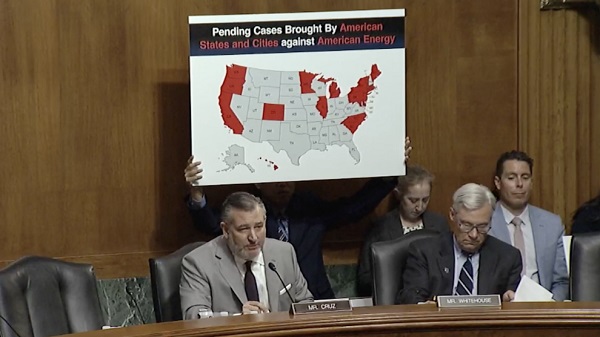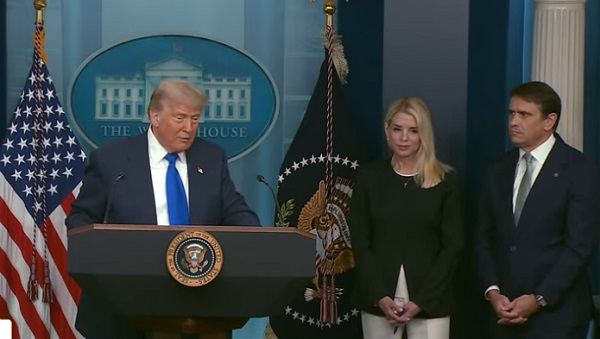Alberta
NEW Edmonton Baseball Mystery

NEW Edmonton Baseball Mystery
Unless there’s a sudden burst in the amount of information being released by those who speak for the Edmonton Prospects and the still-unnamed baseball team recently established as the new operators of Re/Max Field, a lot of guessing will be going on for at least a little longer.
The mystery: will there really be two university-level baseball teams in the Edmonton area next year?
Up to this point, Pat Cassidy’s Prospects have received most of the public attention after being ousted from their previous home in an apparent ‘hostile takeover” engineered by Randy Gregg and his followers. Cassidy’s biggest announcement came with details and probable pictures of what a new stadium will look like when it opens as the Prospects’ home in nearby Spruce Grove. The Gregg group, as usual, stayed silent.
On Thursday, however, entrepreneur Dale Wishewan, founder of the powerful Booster Juice franchise, went public. He is part of the group – also including Gregg’s brother Gary – that outlasted the Prospects in a fierce confrontation over which organization would receive city council blessing to operate at Re/Max.
Wishewan promised quick and positive news about where the new team would find a home. One unconfirmed guess: the 12-team Western Baseball Association, which has two teams — Kelowna and Victoria – opposing foes from Washington and Oregon.
A call to one number on the WBA website was not answered.
The Prospects are part of the Western Canada Baseball League, based entirely in Alberta and Saskatchewan. Operators have determined, so far at least, that there is no room for any newcomer intruding on the space of current members.
Wishewan, one of several minority owners tied to the NHL’s Vegas Knights, has been a lifetime baseball fan. At a young age, he played in and around tiny Waskatenau and Smoky Lake County, about 90 miles from Edmonton, then progressed to college ball in Oregon.
His interest in baseball became obvious at least a year ago when an Edmonton lawyer organized a meeting for discussion of some small hope that Edmonton might rejoin the Triple-A Pacific Coast League and let participants know that Wishewan was among those likely to attend. He did not appear, but his recent comments reaffirm his love of baseball.
“There’s a pretty big announcement that we want to make in the next few weeks,” he said. “It’ll be the best calibre of baseball that’s come to Edmonton in years.”
If in fact the Western Baseball Association heads this way, plenty of positive noise can be expected. One WBA player, a Washington product, was taken in the first round of the recent Major League draft. The website says it is common for WBA players to go in high rounds of the MLB selection process.
Cassidy, careful once again to avoid more heat on the Re/Max issue that forced the Prospects to find a new home, refused to comment on Wishewan’s statement.
“There is nothing I can say that will affect what will or will not happen,” he said. “It would be interesting to see the difference in the fans’ approach – Canadian teams playing here with a lot of Canadian content, or American cities that may have no Canadian kids at all.”
As always in conflicts such as this, hard feelings can be expected to linger on all sides. One welcome possibility comes to mind: over time, how attractive would a western college playoff – WCBL vs. WBA – become in the public’s view?
Neither Cassidy nor Wishewan was asked for an answer to this hypothetical question.
Agriculture
Lacombe meat processor scores $1.2 million dollar provincial tax credit to help expansion
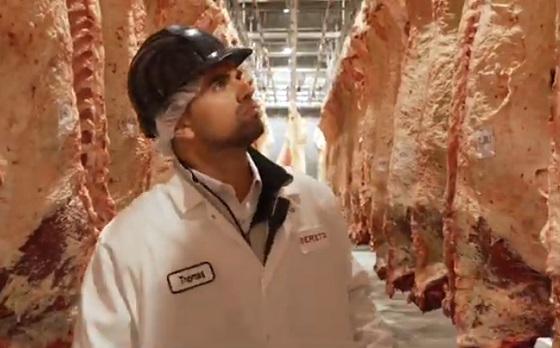
Alberta’s government continues to attract investment and grow the provincial economy.
The province’s inviting and tax-friendly business environment, and abundant agricultural resources, make it one of North America’s best places to do business. In addition, the Agri-Processing Investment Tax Credit helps attract investment that will further diversify Alberta’s agriculture industry.
Beretta Farms is the most recent company to qualify for the tax credit by expanding its existing facility with the potential to significantly increase production capacity. It invested more than $10.9 million in the project that is expected to increase the plant’s processing capacity from 29,583 to 44,688 head of cattle per year. Eleven new employees were hired after the expansion and the company plans to hire ten more. Through the Agri-Processing Investment Tax Credit, Alberta’s government has issued Beretta Farms a tax credit of $1,228,735.
“The Agri-Processing Investment Tax Credit is building on Alberta’s existing competitive advantages for agri-food companies and the primary producers that supply them. This facility expansion will allow Beretta Farms to increase production capacity, which means more Alberta beef across the country, and around the world.”
“This expansion by Beretta Farms is great news for Lacombe and central Alberta. It not only supports local job creation and economic growth but also strengthens Alberta’s global reputation for producing high-quality meat products. I’m proud to see our government supporting agricultural innovation and investment right here in our community.”
The tax credit provides a 12 per cent non-refundable, non-transferable tax credit when businesses invest $10 million or more in a project to build or expand a value-added agri-processing facility in Alberta. The program is open to any food manufacturers and bio processors that add value to commodities like grains or meat or turn agricultural byproducts into new consumer or industrial goods.
Beretta Farms’ facility in Lacombe is a federally registered, European Union-approved harvesting and meat processing facility specializing in the slaughter, processing, packaging and distribution of Canadian and United States cattle and bison meat products to 87 countries worldwide.
“Our recent plant expansion project at our facility in Lacombe has allowed us to increase our processing capacities and add more job opportunities in the central Alberta area. With the support and recognition from the Government of Alberta’s tax credit program, we feel we are in a better position to continue our success and have the confidence to grow our meat brands into the future.”
Alberta’s agri-processing sector is the second-largest manufacturing industry in the province and meat processing plays an important role in the sector, generating millions in annual economic impact and creating thousands of jobs. Alberta continues to be an attractive place for agricultural investment due to its agricultural resources, one of the lowest tax rates in North America, a business-friendly environment and a robust transportation network to connect with international markets.
Quick facts
- Since 2023, there are 16 applicants to the Agri-Processing Investment Tax Credit for projects worth about $1.6 billion total in new investment in Alberta’s agri-processing sector.
- To date, 13 projects have received conditional approval under the program.
- Each applicant must submit progress reports, then apply for a tax credit certificate when the project is complete.
- Beretta Farms has expanded the Lacombe facility by 10,000 square feet to include new warehousing, cooler space and an office building.
- This project has the potential to increase production capacity by 50 per cent, thereby facilitating entry into more European markets.
Related information
Alberta
Alberta Next: Alberta Pension Plan
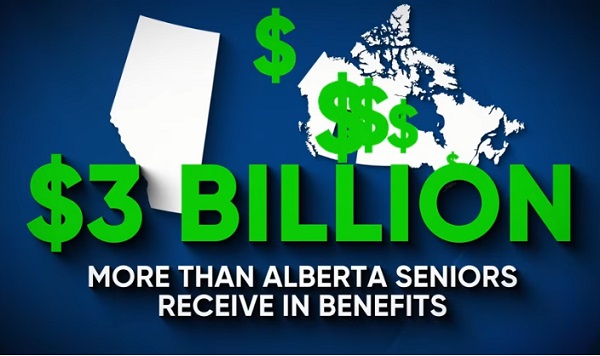
From Premier Danielle Smith and Alberta.ca/Next
Let’s talk about an Alberta Pension Plan for a minute.
With our young Alberta workforce paying billions more into the CPP each year than our seniors get back in benefits, it’s time to ask whether we stay with the status quo or create our own Alberta Pension Plan that would guarantee as good or better benefits for seniors and lower premiums for workers.
I want to hear your perspective on this idea and please check out the video. Get the facts. Join the conversation.
Visit Alberta.ca/next
-

 Business1 day ago
Business1 day agoCanada’s loyalty to globalism is bleeding our economy dry
-

 armed forces1 day ago
armed forces1 day agoCanada’s Military Can’t Be Fixed With Cash Alone
-

 Alberta1 day ago
Alberta1 day agoAlberta Next: Alberta Pension Plan
-
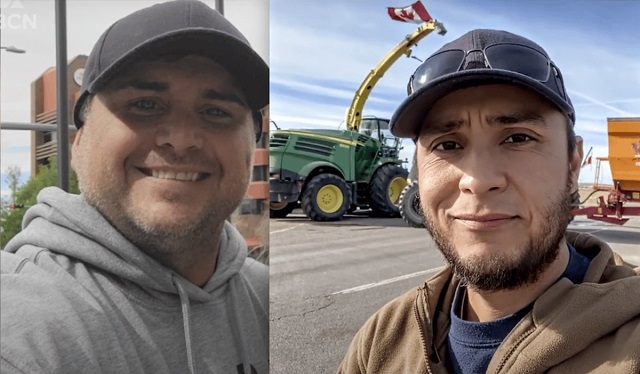
 Alberta1 day ago
Alberta1 day agoCOVID mandates protester in Canada released on bail after over 2 years in jail
-

 International1 day ago
International1 day agoTrump transportation secretary tells governors to remove ‘rainbow crosswalks’
-

 Crime2 days ago
Crime2 days agoProject Sleeping Giant: Inside the Chinese Mercantile Machine Linking Beijing’s Underground Banks and the Sinaloa Cartel
-
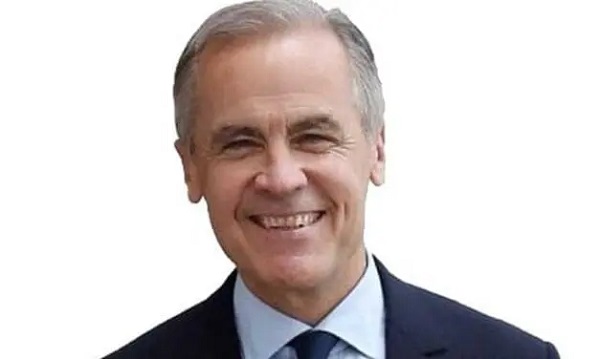
 Business1 day ago
Business1 day agoCarney’s spending makes Trudeau look like a cheapskate
-

 COVID-1921 hours ago
COVID-1921 hours agoCourt compels RCMP and TD Bank to hand over records related to freezing of peaceful protestor’s bank accounts
